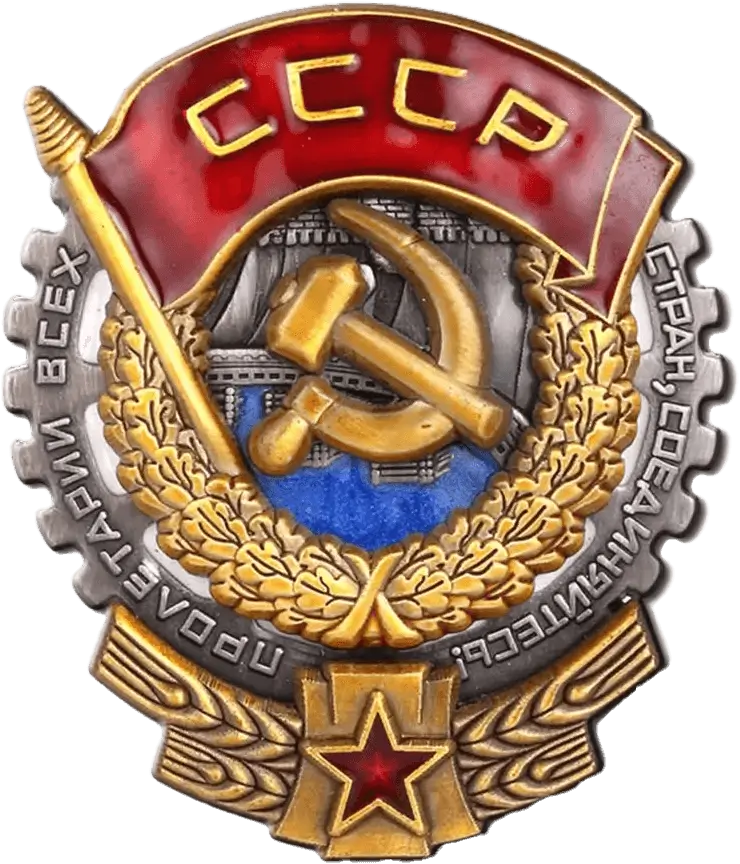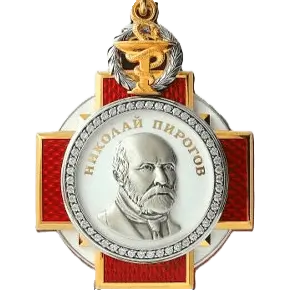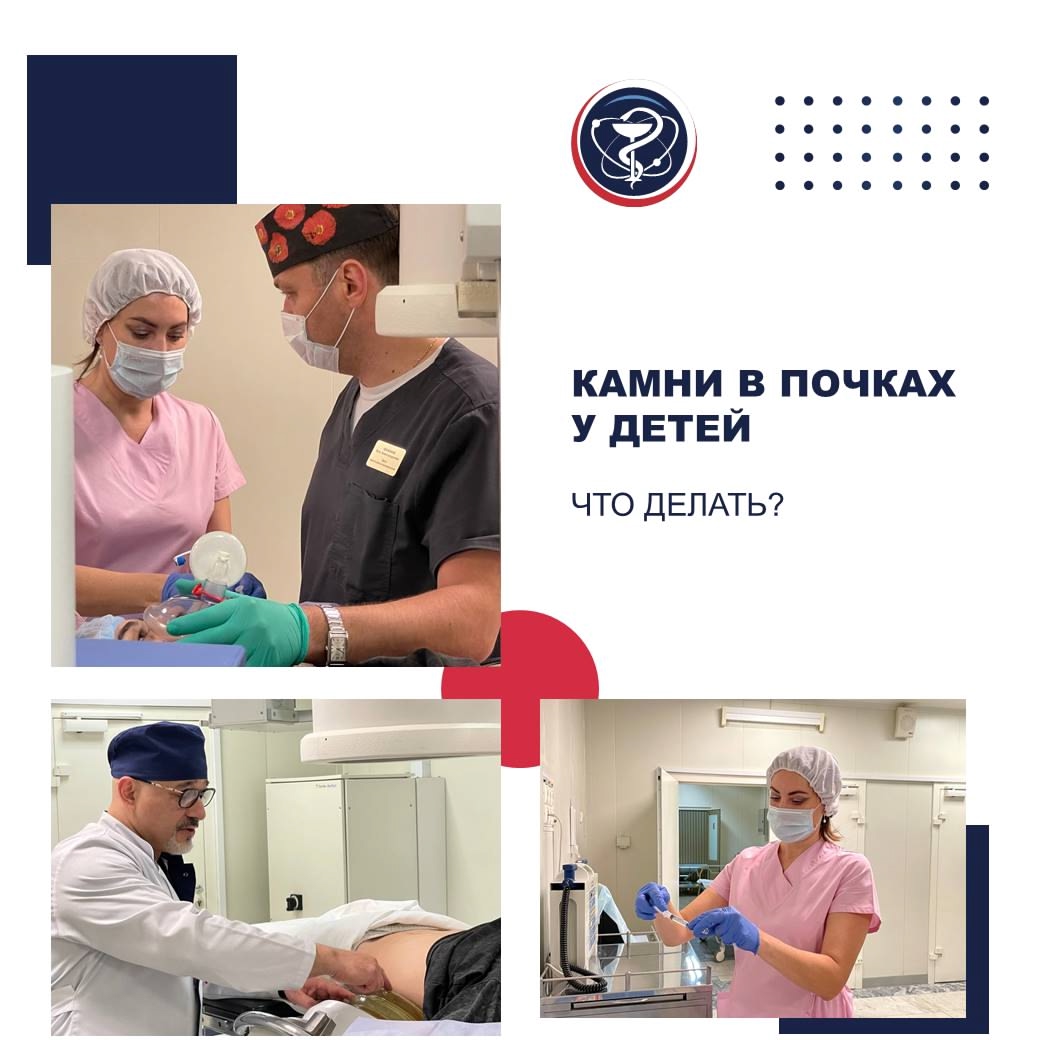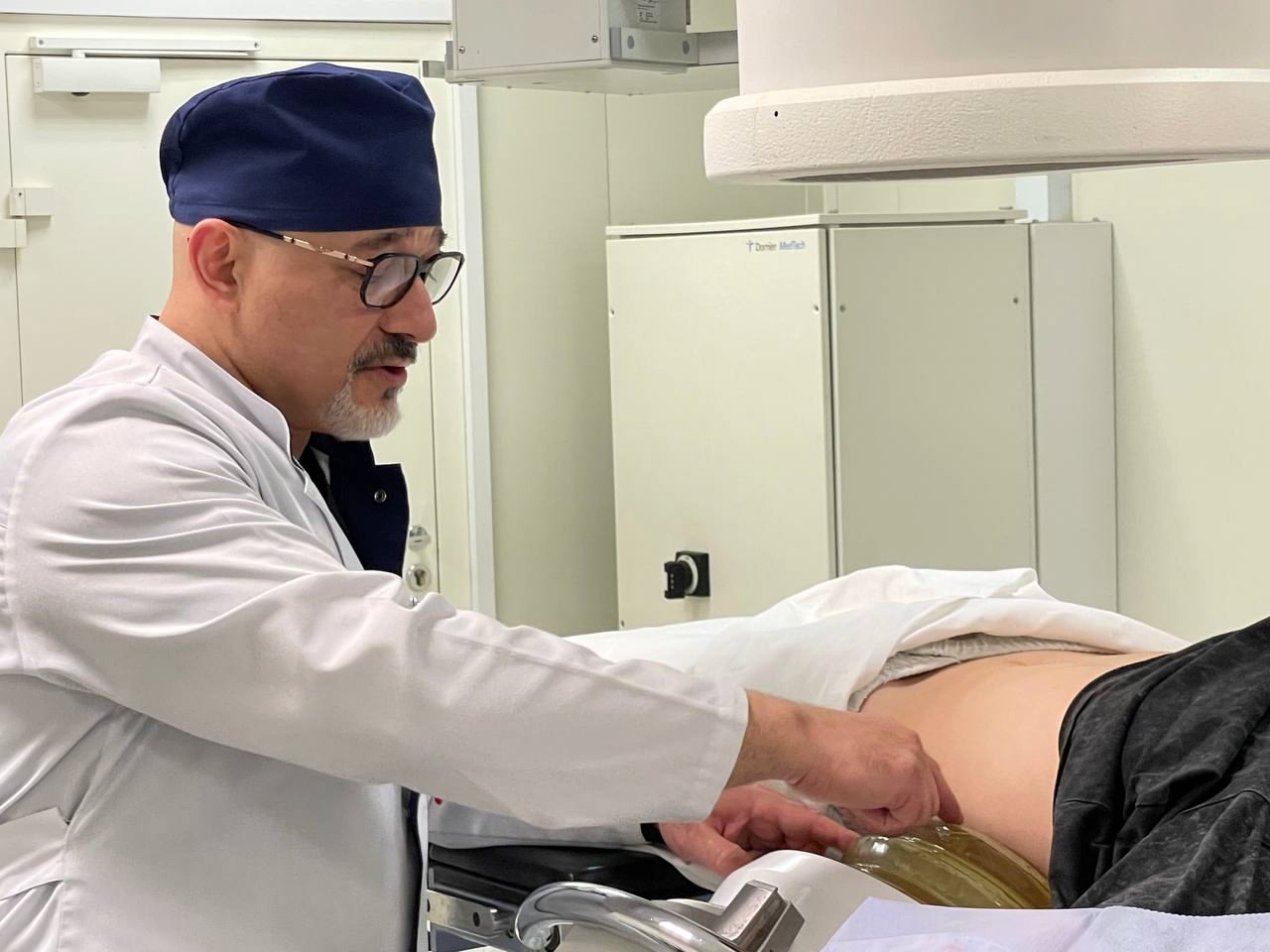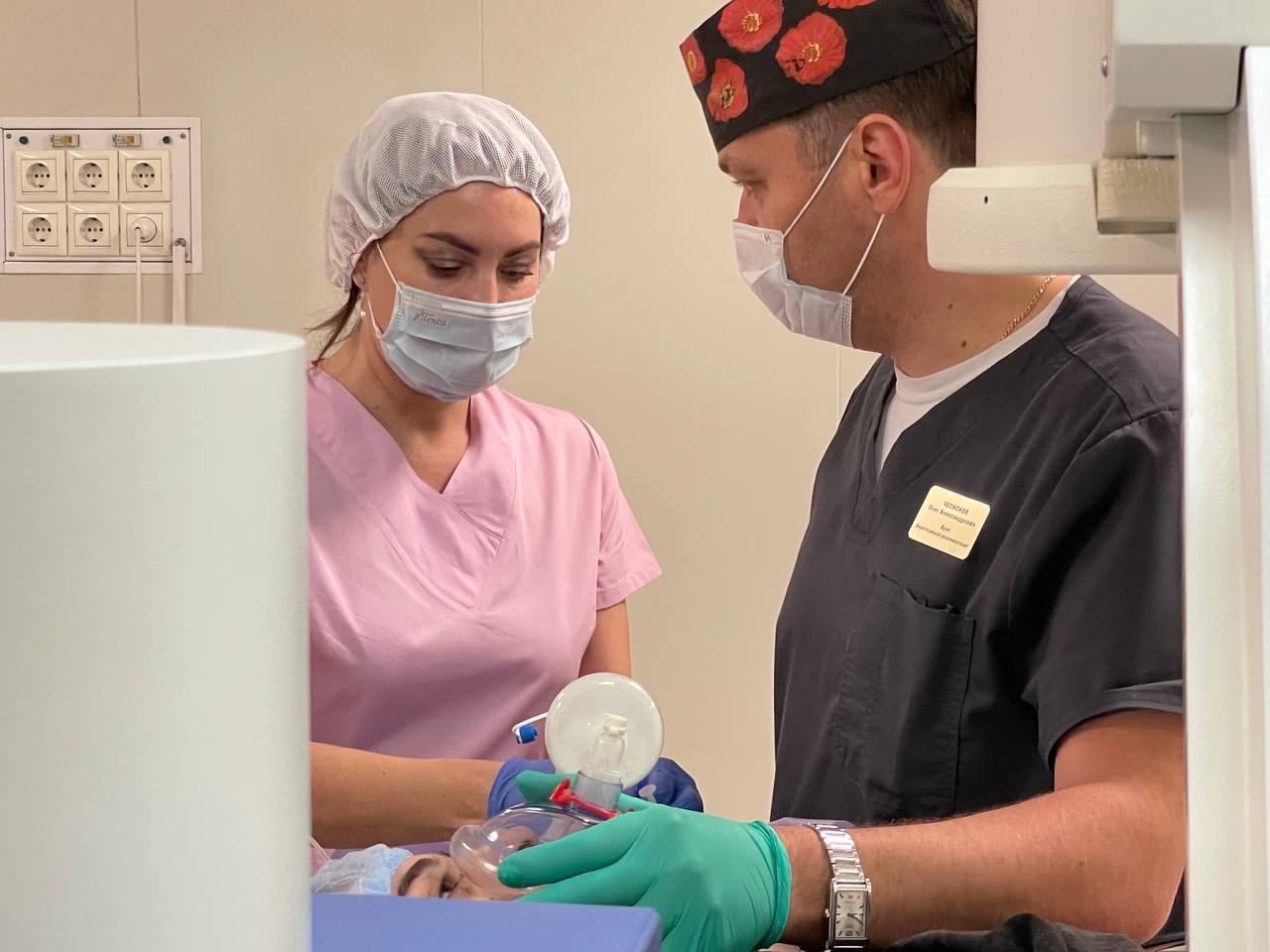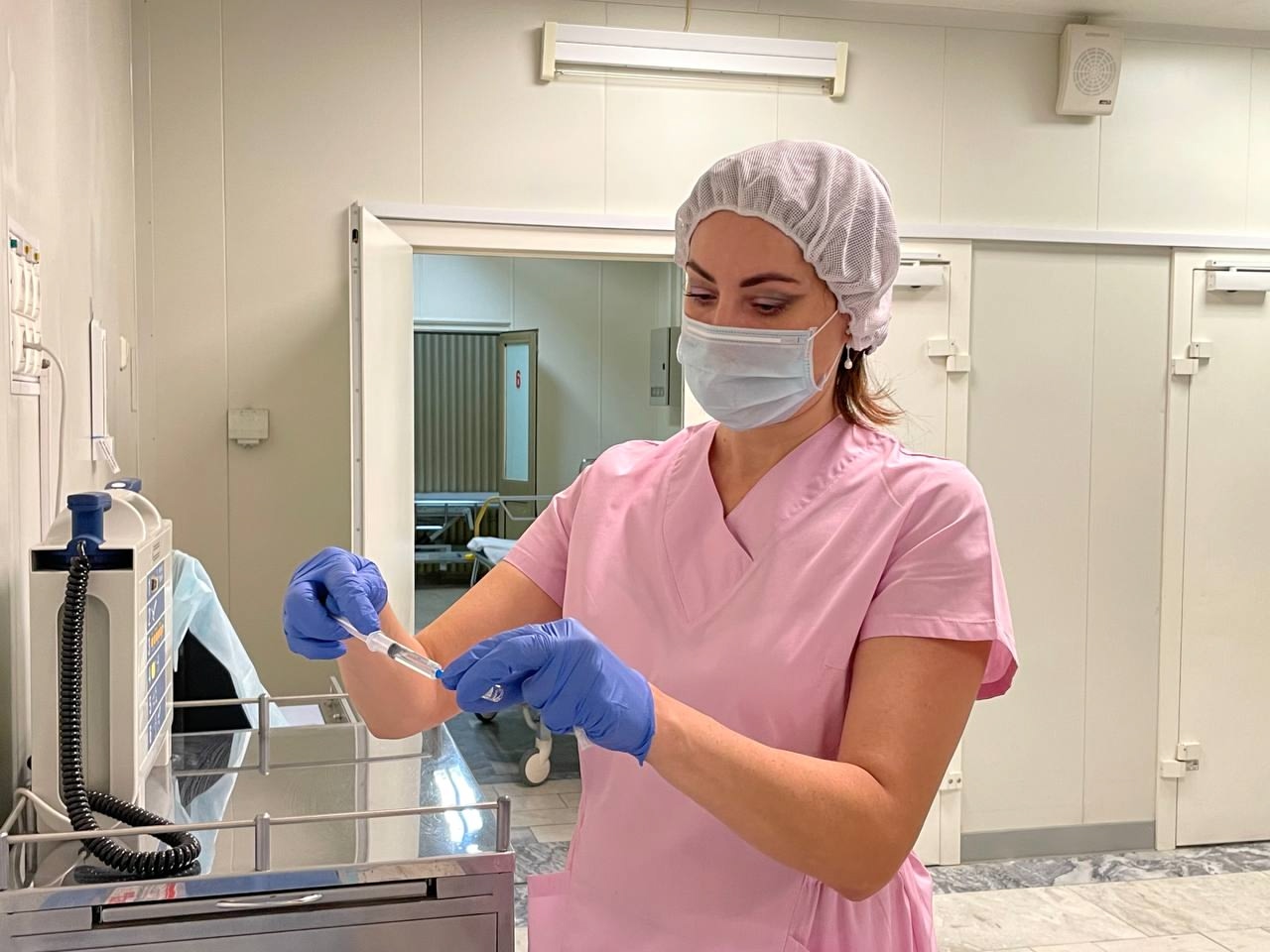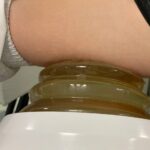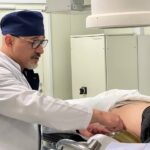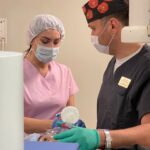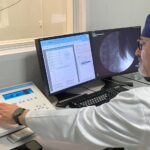KIDNEY STONES IN CHILDREN. WHAT TO DO?
Urolithiasis (kidney stone disease) is one of the common diseases worldwide, and unfortunately, the incidence rate is noticeably increasing. According to the journal “Experimental and Clinical Urology” (2, 2025), over the past fifteen years, the growth in our country exceeded 30%. A similar trend is observed in children, and the onset of this disease can have numerous causes. «These can include congenital anomalies of the urinary system, urinary tract infections, metabolic disorders (for example, in children with thyroid or parathyroid diseases), unbalanced nutrition, and genetic predisposition», – says urologist Konstantin Totrov, Head of the Department of Radiological Shock Wave Lithotripsy at the N. Lopatkin Scientific Research Institute of Urology and Interventional Radiology – branch of the National Medical Research Radiological Centre of the Ministry of Health of Russian Federation.
Specialists at the Institute are proficient in all methods of treating this disease, such as medication therapy, surgical intervention, and lithotripsy (stone fragmentation using electromagnetic waves). Lithotripsy is considered the gentlest and safest method for treating kidney stone disease. However, the insidiousness of the disease lies in the fact that over time, if doctors’ recommendations are not followed, it can return. According to experts, relapse occurs in about half of the cases. “In our department, a 14-year-old girl has been prepared for remote stone fragmentation. We know her well; ten years ago she was already our patient,” continues Konstantin Ibragimovich. “Unfortunately, the parents and the child were unable to follow our recommendations, and now she is back on the operating table. The stone, exactly 1 centimeter in size and of fairly high density, migrated from the kidney to the ureter, which required the placement of an internal stent. The first stage will be a session of remote lithotripsy.”
Outside the window, the equipment starts operating under remote control. A special elastic “cushion” connected to an electromagnetic membrane is applied to the girl’s body, which creates pulses and waves. Their task is to break down the crystalline lattice of the stone and turn it into sand. Over the course of two weeks, the sand and small fragments of the stone will be expelled with urine. As a rule, this process is painless. “In two weeks we will meet again,” continues Dr. Totrov. “By then, we will already have the results of the biochemical analysis of blood, urine, and the composition of the stone. We will repeat an ultrasound of the pelvic organs and develop a further action plan for the patient, that is, a treatment plan involving metafalxis.”
All recommendations regarding nutrition, monitoring, and behavior will be provided to both the adolescent and their parents. The doctor emphasizes that if the child has been under a urologist’s supervision since birth, parents need to regularly check tests and undergo ultrasound examinations at least once a year to prevent the formation of stones in the kidneys and bladder.
